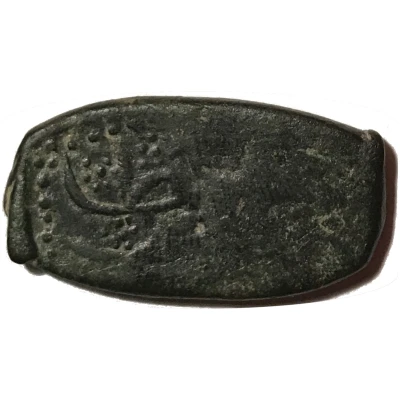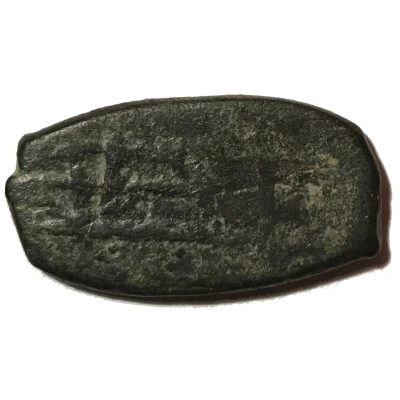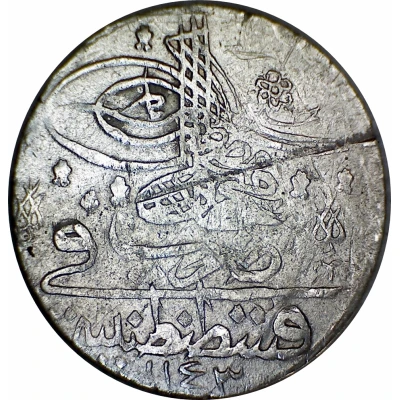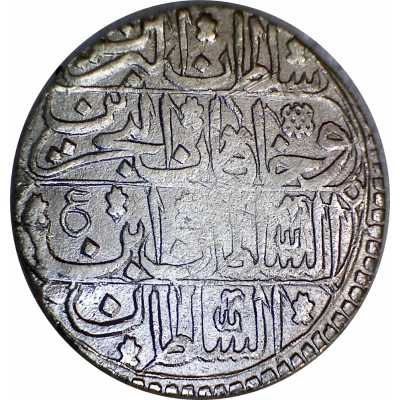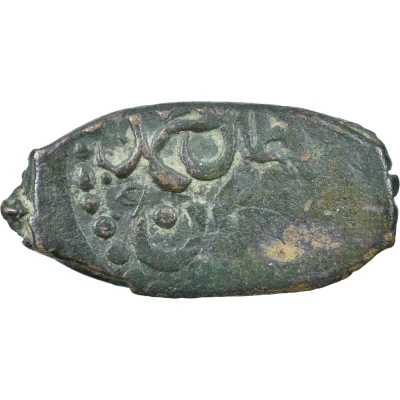
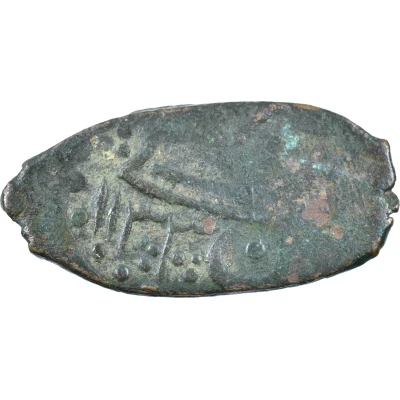

© Ollisaarinen (CC BY)
Manghir - Ahmed III
1133 (1721) year| Copper | 2.9 g | 23.7 mm |
| Issuer | Ottoman Empire |
|---|---|
| Sultan | Ahmed III (1703-1730) |
| Type | Standard circulation coin |
| Year | 1133 (1721) |
| Calendar | Islamic (Hijri) |
| Value | 1 Mangir (¼) |
| Currency | Kuruş (1688-1844) |
| Composition | Copper |
| Weight | 2.9 g |
| Diameter | 23.7 mm |
| Thickness | 2.0 mm |
| Shape | Irregular |
| Demonetized | Yes |
| Updated | 2024-10-07 |
| Numista | N#395411 |
|---|---|
| Rarity index | 95% |
Reverse
AZZE NASRUHU DURIBE FI VAN 1133
Translation: May God make him victorious. Struck in Van 1133.
Edge
Rough
Interesting fact
The Manghir - Ahmed III 1133 (1721) coin from the Ottoman Empire is interesting because it was issued during a time of significant economic and political change in the empire. The coin was minted during the reign of Sultan Ahmed III, who ruled from 1703 to 1730, a period marked by attempts to modernize and strengthen the empire's economy and military. The coin's design, which features an ornate floral pattern and Arabic script, reflects the cultural and artistic influences of the time. Additionally, the use of copper as the material for the coin was a common practice in the Ottoman Empire during this period, as it was a readily available and affordable metal. Overall, the Manghir - Ahmed III 1133 (1721) coin offers a glimpse into the economic, cultural, and political landscape of the Ottoman Empire during a time of significant transformation.
